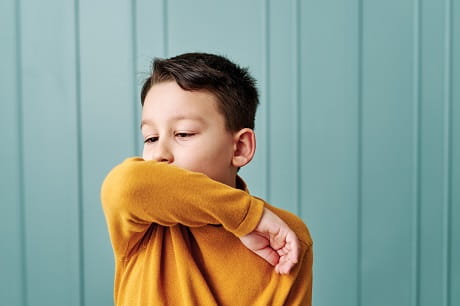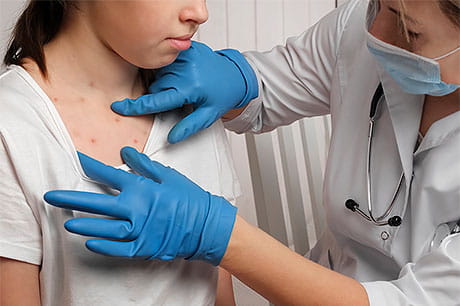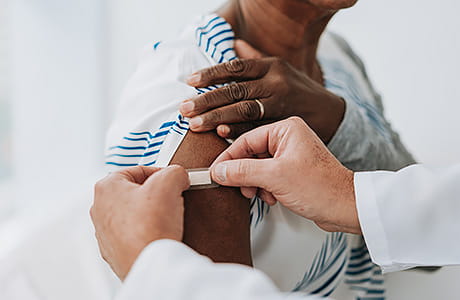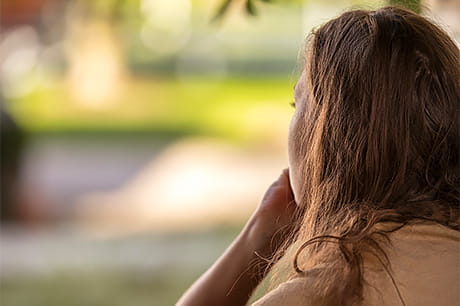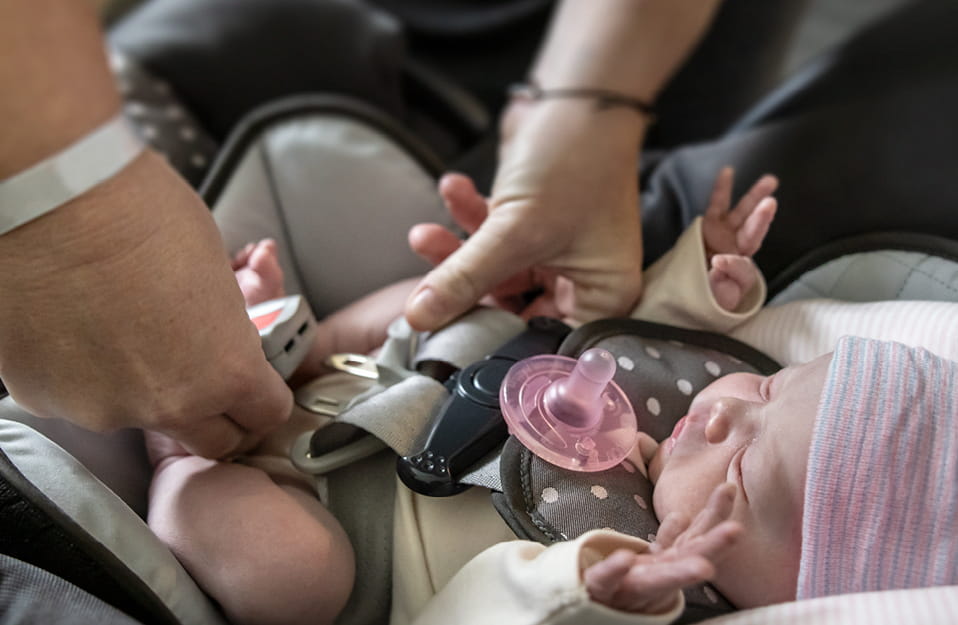COVID and RSV at the same time? It’s possible
Kids are coming down with both respiratory viruses at once. Know what to look for and how to lower their risk.
As children return to school or daycare, they’re sharing germs right alongside pencils. Some of those germs are causing respiratory illnesses like RSV and COVID-19.
By taking a few preventive measures, you can help your child stay well — and in school — all year long.
What is RSV?
Respiratory syncytial virus, or RSV, is a viral infection common in children. It spreads when a cough, a sneeze or even a loud conversation sends respiratory droplets flying through the air.
RSV symptoms range from mild to severe and commonly include:
- Cough
- Mild fever
- Congestion or runny nose
- Wheezing
- Trouble breathing or rapid breathing
- Loss of appetite
“Most people recover in a few days. But RSV can be dangerous for those with underdeveloped immune systems, like babies and young children,” says Dr. Nicole Samies, a pediatrician at Geisinger.
How does COVID compare?
Like RSV, COVID-19 is a respiratory illness, but it’s caused by a different virus. Besides that pesky cough and congestion, symptoms of COVID-19 may also include:
- Fever or chills
- Shortness of breath or difficulty breathing
- Fatigue
- Muscle or body aches
- Headache
- New loss of taste or smell
- Sore throat
- Congestion or runny nose
- Nausea or vomiting
- Diarrhea
Kids with COVID may have stomach pain or lose their sense of taste or smell. Or they may not have any symptoms at all.
Two viruses at the same time
It may seem odd, but it’s possible for your child to have two different respiratory illnesses at the same time.
“We’ve seen children coming down with RSV and COVID together,” says Dr. Samies.
What if your kid is unlucky enough to contract both? Having both illnesses at the same time can make them sicker for longer.
“Young children, especially those younger than 2, are at a greater risk of complications if they get both at once,” Dr. Samies says.
Since RSV and COVID share similar symptoms, the easiest way to be certain what’s causing a cough or fever is to ask your pediatrician to test your child for both viruses.
If they do test positive for RSV, COVID or both, their pediatrician can help you through quarantine and any next steps, like returning to school.
An ounce of prevention is worth a pound of cure
Whether your child has already had a respiratory illness or you’re trying to lower their risk, keep everyone healthier with some easy steps:
- Wear a mask. Encourage your kiddo to wear a face mask whenever they go out. This helps protect themselves and everyone around them. Their mask should cover both their mouth and nose.
- Wash your hands. “The best way to prevent illness is with good hand hygiene,” says Dr. Samies. So have your kid give their hands a vigorous scrub with soap and warm water for 20 seconds (tell them to sing “Happy Birthday” twice). They should wash their palms, the backs of the hands, fingers and wrists. No sink? A few squirts of hand sanitizer will suffice.
- Practice physical distancing. Remind your little one not to shake hands, to avoid crowds and to stay at least 6 feet away from others. “Keep everyone well through social distancing, especially by staying away from anyone who’s sick,” Dr. Samies says.
- Avoid touching your face, especially your eyes and mouth.
- Keep your child home from school when they don’t feel well. Even when we’re careful, sickness happens. If your kid is under the weather, don’t let them infect others. They should stay home if they have any of these symptoms:
- Fever over 100° F
- Vomiting
- Diarrhea
- Muscle aches
- Chills
An added defense? “Parents and children 12 years of age and older can help protect their family members by getting the COVID vaccine,” Dr. Samies says.
You may not totally avoid illness — but with a few preventive measures, you can reduce the risk of your child bringing home unwanted infections like colds, flu, COVID and RSV.
Next steps:
What to do if your child gets sick this winter
Want to keep your kids healthy year-round? Try these 6 tips
Learn more about pediatric care at Geisinger
